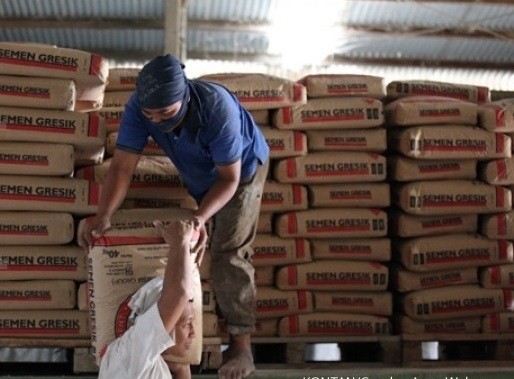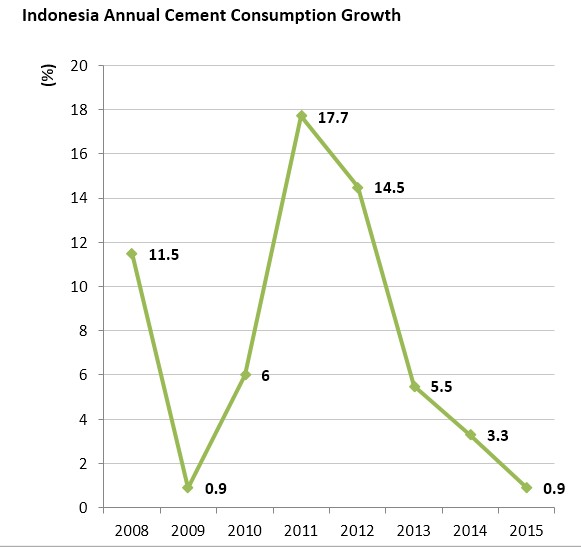Jokowi’s vision jacks up August cement consumption
Change Size
 Workers unload cement from a warehouse. (Kontan/Carolus Agus Waluyo)
Workers unload cement from a warehouse. (Kontan/Carolus Agus Waluyo)
A
fter a tough year, the cement industry has started to see the light. The vigorous development of infrastructure and property, part of President Joko “Jokowi” Widodo’s vision, started to have a positive impact on cement consumption in August.
Based on Indonesia Cement Association (ASI) data, national cement consumption in August 2016 touched 5.9 million metric tons, up 9 percent from the same month in the previous year. The increase in August represented the highest year-on-year growth since early 2016.
Sales outside Java were the main driver of growth. Cement consumption in Sumatra and Nusa Tenggara grew by 17.6 percent and 17 percent, respectively. Sales in Sulawesi climbed 14 percent while Java only rose by 4.1 percent.
The increasing cement consumption in August sent good signals for the industry, which experienced its lowest growth last year. National cement consumption was only 60 million tons, up by 0.9 percent from a year earlier.
It was the lowest growth in the last five years, which recorded an average growth rate of 8 percent per annum.
"Looking at the demand trend, the big cycle tends to give some guidance that demand normally picks up after one or two years of sluggish growth," said Joko Sogie and Ryan Daniel, analysts at Deutsche Verdhana Indonesia, in a report dated Sept. 13.
Historically, they are correct. After experiencing sluggish growth in 2009, ASI data showed the growth of cement consumption recovered to 6 percent in 2010 and hit 17.7 percent in 2011, the highest growth in the previous five years.

GDP growth
The pickup in cement consumption after 2009 was strongly supported by the recovery in gross domestic product (GDP) growth.
Due to a global slowdown after the subprime mortgage crisis hit the US as the largest economy in the world, Indonesia's GDP grew only 4.2 percent in 2009, the lowest since 2002.
A year later, Indonesia's GDP started to recover and grew by 6.5 percent in 2011, the highest rate since 1996.
Meanwhile, Indonesia's cement industry remains quite promising with the vigorous development of infrastructure being driven by the government.
In addition, policies such as lowering financial income tax on property, the tax amnesty and a relaxation on the loan to value (LTV) ratio were believed to be supportive enough for the property industry, which is one of the largest cement consumers in Indonesia. (ags)
Source: Bareksa.com









